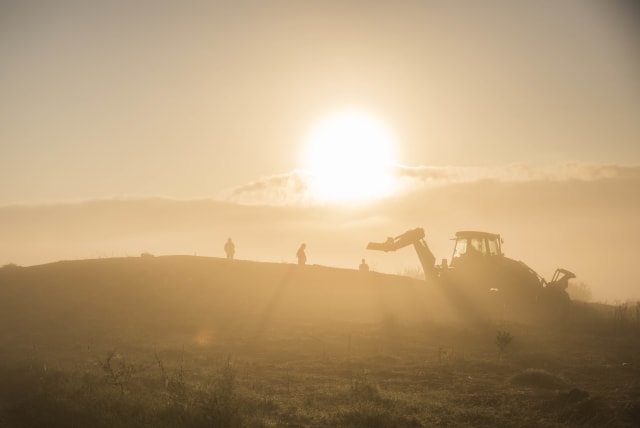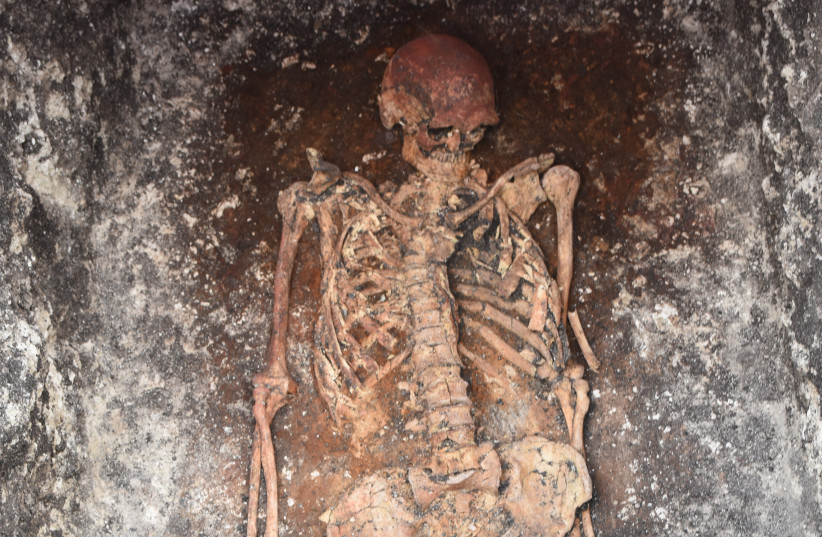Archaeologists may have found when humans started riding horses

The study notes there were changes in bone morphology that were associated with horseback riding.
A new discovery of skeletal remains of Yamnaya from as far as 5 millennia ago may have documented the earliest signs of horseback riding utilized by humanity, according to a new study released on Friday.
The study, published in the peer-reviewed Science Advances, stresses that the equipment first used by the earliest horseback riders has been rarely preserved.
The study notes the changes in bone morphology associated with horseback riding, stating that it would have taken a toll on the human body to ride horses for an extended period of time. These skeletons were uncovered in archaeological sites in Bulgaria, Romania and Hungary.
Researchers looked at the evidence in 24 sets of skeletal remains excavated from sites in those countries, and they looked at differences in the femurs, vertebrae, and pelvic bones.
Of the 24 skeletal remains, most were associated with Yamnaya origin, and nine of them showed characteristics of being horseback riders.
"Together, our findings provide a strong argument that horseback riding was already a common activity for some Yamnaya individuals," as early as 5,000 years ago, the study stated.
Why else was this discovery important?
The findings also indicate the gap between the first evidence of human domestication of horses 5,500 years ago and the utilization of horse-drawn chariots 1,500 years later.
The domestication of horses assisted humanity with transportation, welfare, trade and exploration.
Jerusalem Post Store
`; document.getElementById("linkPremium").innerHTML = cont; var divWithLink = document.getElementById("premium-link"); if (divWithLink !== null && divWithLink !== 'undefined') { divWithLink.style.border = "solid 1px #cb0f3e"; divWithLink.style.textAlign = "center"; divWithLink.style.marginBottom = "15px"; divWithLink.style.marginTop = "15px"; divWithLink.style.width = "100%"; divWithLink.style.backgroundColor = "#122952"; divWithLink.style.color = "#ffffff"; divWithLink.style.lineHeight = "1.5"; } } (function (v, i) { });

